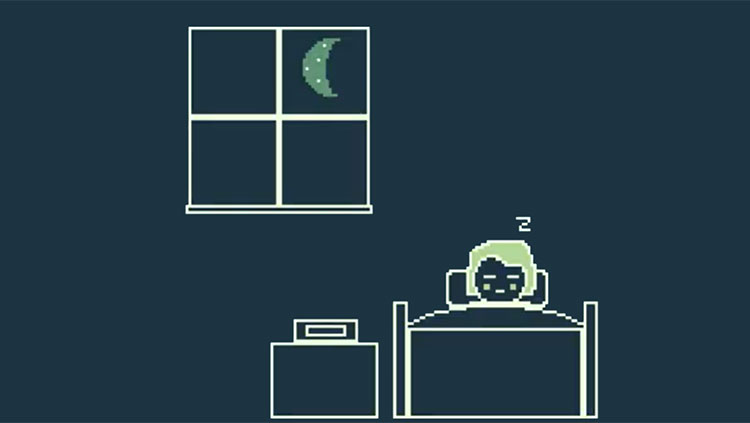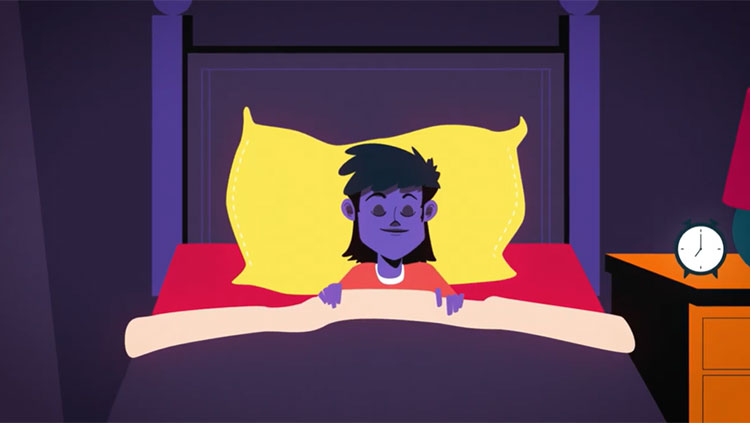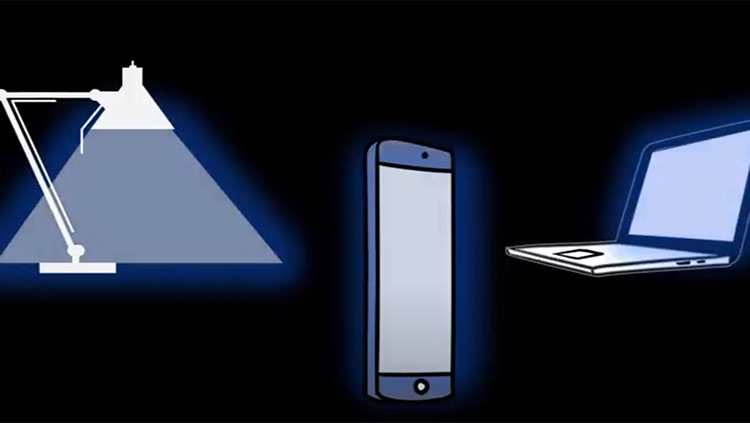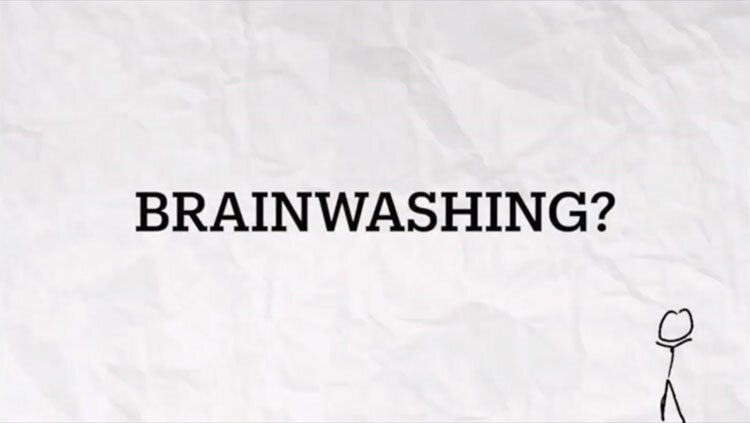Sun Rays and Long Days, Our Brain's Clock
- Published30 Sep 2024
- Source BrainFacts/SfN
Light plays a major role in fine-tuning our circadian rhythm, which keeps daily bodily routines like sleep and hunger on a 24-hour schedule. One group of cells in our retinas called intrinsically photosensitive retinal ganglion cells transmit important information about light to the superchiasmatic nucleus in the hypothalamus, which regulates circadian rhythm.
Sunlight is thought to be the most powerful cue, or zeitgeber, that shapes our circadian rhythm. But other types of light — including the type emitted from cell phones — can play a role, too. That’s why experts often advise reducing screen time at night to avoid potentially throwing off your sleep cycle. Learn more about our circadian rhythm in this Claymation video.
This is a video from the 2024 Brain Awareness Video Contest.
Created by Lindsey Czarnecki.
CONTENT PROVIDED BY
BrainFacts/SfN
Transcript
Hey, could you turn night mode on? That’s going to keep me awake.
What even is night mode?
Light’s actually really important for us to be able to maintain a 24-hour schedule.
What do you mean? Doesn’t a clock keep us on schedule?
Well, yes, clocks help, but our bodies actually have a lot of things that happen on a daily cycle, like falling asleep and waking up, getting hungry, and our body temperature. Our brains help to synchronize those activities that occur every 24 hours.
That's actually called the circadian rhythm.
Light is critical for keeping the circadian rhythm on track. Light from screens is thought to act on the brain in a way similar to sunlight. Light that we see, the visual light spectrum, is made up of different wavelengths, which we perceive as different colors.
Light reaches the retina located in the back of the eye. Here, we have cones and rods, which are responsible for color vision and vision in low light. There are other cells, too. One group of them are called intrinsically photosensitive retinal ganglion cells. These neurons are active in response to light but do not necessarily help us see as rods and cones do. These intrinsically photosensitive retinal ganglion cells project axons to a brain region called the suprachiasmatic nucleus, located in the hypothalamus.
The hypothalamus is a collection of nuclei, or groups of neurons, involved in basic survival needs such as eating, regulating blood pressure and body temperature, just to name a few. The suprachiasmatic nucleus of the hypothalamus is critical for their circadian rhythm. Neurons here have a pattern of activity whereby they are more active during the day and less active at night.
There are some cleverly named clock genes in these neurons that regulate the oscillatory patterns. The activity patterns can change though, and drift without cues. Think about how your kitchen clock starts running fast until you correct the time. For our brains, these cues are called zeitgebers. Sunlight seems to be the most powerful one. Light activating the intrinsically photosensitive retinal ganglion cells in the retina at certain times of day can shift the oscillations.
The suprachiasmatic nucleus communicates with other brain areas to synchronize other body functions that fluctuate over 24 hours or can control other circadian functions more directly. Our body temperature fluctuates with the time of day, dropping at night and beginning to rise again just in time for us to wake up. Our heart rate also lowers at night. The liver even shows a circadian rhythm, and eating can act as a zeitgeber. Sunlight, though, is probably still thought to be the most powerful zeitgeber. It helps us with wakefulness during the day and getting tired at night.
So, that blue light from your phone might be keeping you awake and... I guess that's my really long way of asking to turn on night mode?
Also In Sleep
Trending
Popular articles on BrainFacts.org
















